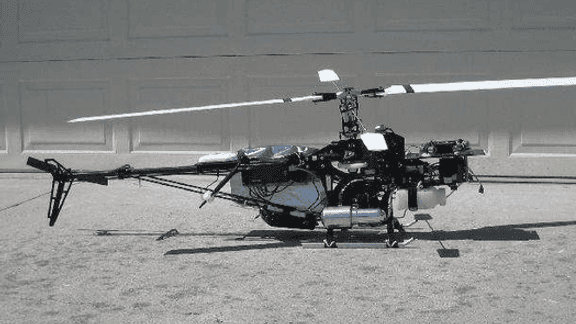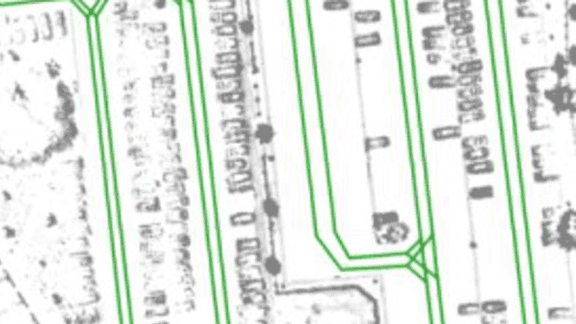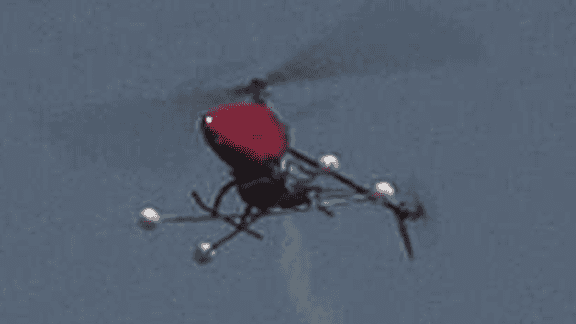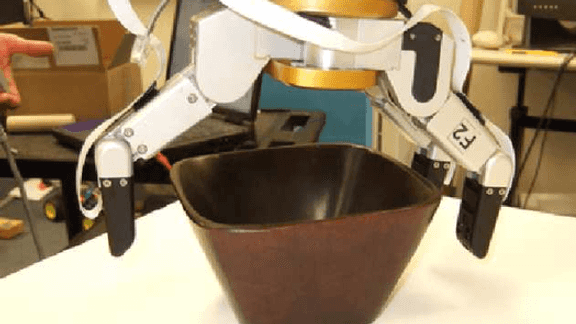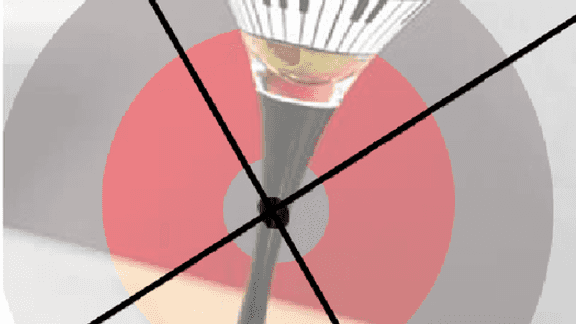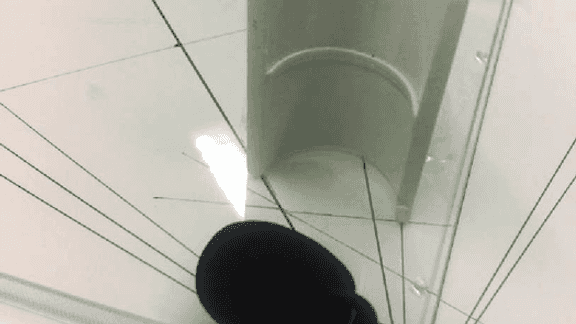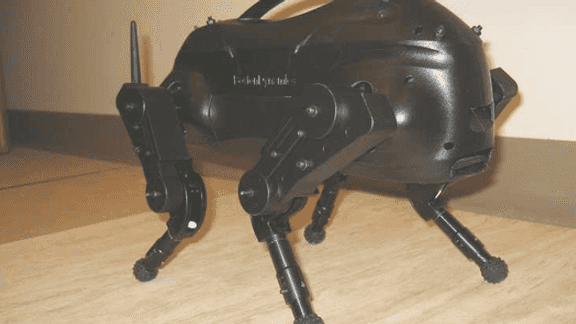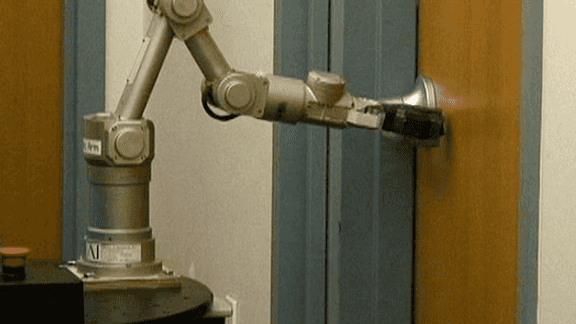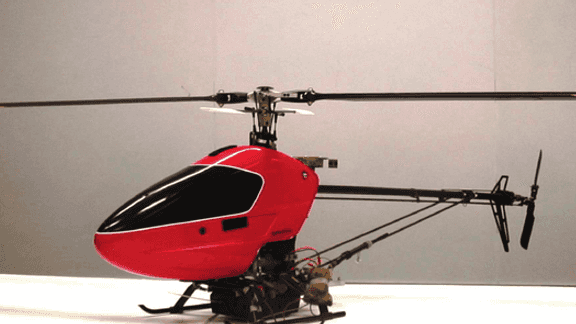
Learning for Control from Multiple Demonstrations
We consider the problem of learning to follow a desired trajectory when given a small number of demonstrations from a sub-optimal expert. We present an algorithm that (i) extracts the—initially unknown—desired trajectory from the sub-optimal expert’s demonstrations and (ii) learns a local model suitable for control along the learned trajectory. We apply our algorithm to […]
